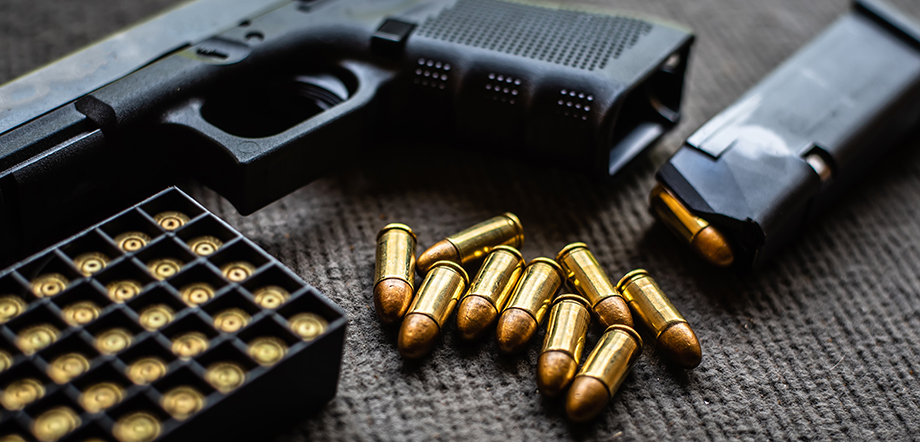Publications
Legislative Update on Ohio Firearms Laws
March 2021

Publications
Legislative Update on Ohio Firearms Laws
March 2021
In a December 2020 article, we wrote about Ohio firearms laws. The Ohio Legislature’s continued activity in this area prompts an update to that article. On January 4, 2021 the governor signed into law Amended Senate Bill 175, colloquially referred to as the “stand your ground” law. It will become effective April 6, 2021.
Amended Senate Bill 175 (Am. S.B. 175) made changes to four sections of the Ohio Revised Code. The core change expanded the right of self-defense by further limiting an individual’s duty to retreat beyond the limitations that already exist in the Castle Doctrine.
As we outlined in our prior article, Ohio’s Castle Doctrine provides that a person has no duty to retreat before using deadly force in defense against an imminent threat of bodily harm when in one’s residence or vehicle as those terms are defined in the Code. It is based on the theory that the residence or vehicle is the last place of retreat. Prior to enactment of Am. S.B. 175, if outside of their residence or vehicle, a person had a duty to retreat from imminent threats of bodily harm before the use of deadly force in self-defense was justified.
The first and most important change the Legislature made was to the criminal code in ORC § 2901.09, which pertains to the duty to retreat. The revised section states:
For purposes of any section of the Revised Code that sets forth a criminal offense, a person has no duty to retreat before using force in self-defense, defense of another, or defense of that person’s residence if that person is in a place in which the person lawfully has a right to be. [Emphasis added.]
The changes to the former version of this section were not extensive; a simple restructuring changed being in your residence to just one of the circumstances in which self-defense without retreat is justified, leaving the underlined language to apply anywhere else a person is legally entitled to be. Am. S.B. 175 went on to add a new subsection (C) to this section of the Code, which prohibits triers of fact from considering “the possibility of retreat” in determining whether the self-defender “reasonably believed that the force was necessary ….”
Next, the Legislature slightly amended ORC § 2901.05, which pertains to the presumption of innocence and levels of proof. They made no substantive changes, just a small structural one, probably because the language providing for self-defense, presumption, and burden of proof was already amended to favor the self-defender.
The Legislature also made slight modifications to ORC § 2923.126 to add civil suit immunity for nonprofit corporations in circumstances in which they allow licensed concealed handgun holders to carry on their premises, and people are allegedly harmed as a result.
Finally, consistent with the changes to the criminal code in ORC § 2901.09, the Legislature amended ORC § 2307.601. That section applies to defending claims of harm in civil actions. In essence, it incorporates “stand your ground” into the affirmative defenses available in a tort case beyond the traditional Castle Doctrine areas – the residence and vehicle.
Sometimes a person using deadly force in self-defense is portrayed as a hero and held up as an example of why protecting gun rights is so important. In reality, the fallout from a self-defense situation, particularly one in which a perceived perpetrator is killed, can be catastrophic for the one using force in self-defense. Aside from psychological effects like PTSD, self-defenders are often subject to ruinous criminal prosecution and civil litigation. While some may claim that “stand your ground” laws can lead to abuse, like some contend about what happened in the well-publicized Trayvon Martin case in Florida, an argument can also be made that law-abiding citizens who become victims of assault should not have to retreat to places of last resort, and that the self-defender should have extensive legal protections. Regardless of how people feel about that subject, the amended statutes are certain to be fertile for criminal and civil litigation.
CONCLUSION
Keeping up with the Legislature on changes to gun laws is a constant exercise. For example, there is already proposed “second amendment sanctuary state” legislation, whereby Ohio would reject as unconstitutional various not-yet-even-proposed-but-feared federal gun control laws (Ohio House Bill 62). More to follow … undoubtedly.